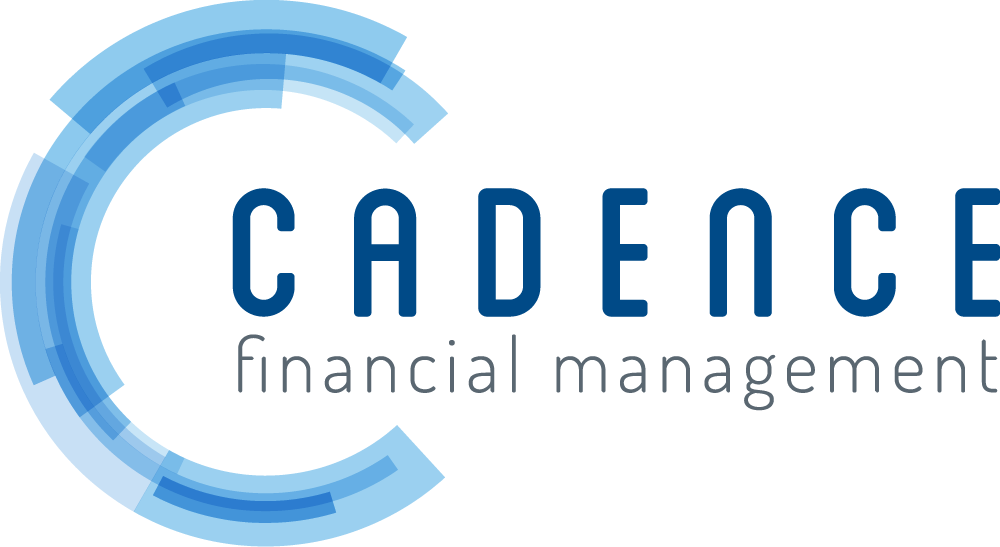Offboarding Employees from Your 401(k) Plan
A full two-thirds of employees don’t receive guidance on managing their retirement plan benefit while offboarding. Leaving 401(k) or 403(b) balances behind can result in orphaned accounts that sit unmonitored and unmanaged by participants for years — as opposed to remaining an active part of their retirement planning.
But this type of neglect can also hurt organizations, which are required to continue servicing such accounts — and pay for those services. And a fiduciary’s obligations can increase significantly should a participant eventually “go missing.” While there are reasons an organization may prefer retaining past employees’ funds, such as access to lower fees for larger plans, it’s nonetheless important to advise participants appropriately about managing their retirement accounts upon termination for reasons you may not have even considered.
Offboarding Options
In 2021, the average amount of money left behind in 401(k) accounts by former employees was more than $55,000, and the total amount of neglected funds across the U.S. exceeded $1.35 trillion. While there are reasons a departing employee might choose to leave their money in an old retirement plan (such as lower fees, better creditor protection or access to advisory services), it also happens when they don’t realize that the funds can be rolled into an IRA or another employee-sponsored plan.
Others may be confused about how to begin the process of moving their money to a new retirement account and don’t want to risk a misstep. And some offboarding employees mistakenly view their retirement plan funds as “free money” when they leave a company and seek a termination withdrawal — not realizing the hefty penalties they’ll face.
Have a Retirement Benefit Offboarding Plan
The rise in popularity of auto-enrollment may increase the number of retirement accounts that fall under participants’ radar over time. A strong offboarding protocol should include a clear set of guidelines for accessing, managing and transferring 401(k) balances, including contact information for plan sponsors and fiduciaries as well as an overview of benefits. It may also be helpful to provide a summary statement of account balances.
The Relationship Continues
Guiding former employees toward better management of their retirement benefits isn’t just a way to make sure they get their money — and get you off the hook. Care and attention to this important aspect of employee benefits at the conclusion of their tenure can leave a lasting impression on someone you’ve forged a relationship with for years.
The relationships we build don’t simply dissolve when employment changes, and demonstrating continuing concern for workers’ financial well-being as they exit can help cement your organization’s reputation — and even help attract future talent. Show your employees you continue to value the investment they’ve made in your organization — and not just in their retirement account — by assisting them during this critical time.
Sources:
https://401kspecialistmag.com/401k-advice-a-key-part-of-offboarding-process/
This material was created to provide accurate and reliable information on the subjects covered but should not be regarded as a complete analysis of these subjects. It is not intended to provide specific legal, tax or other professional advice. The services of an appropriate professional should be sought regarding your individual situation. The material presented was created by RPAG. Securities, investment advisory, and financial planning services offered through qualified registered representatives of MML Investors Services, LLC. Member SIPC (www.sipc.com). Supervisory Office: 16 Campus Blvd, Newtown Square, PA 19073. Cadence Financial Management, LLC is not a subsidiary or affiliate of MML Investors Services, LLC or its affiliated companies. ACR# 5370629 12/22
